The ocean’s genome: protecting and sharing it
08 June 2020 | Story Ambre Nicolson. Photo Jeremy Bishop, Pexels. Read time 8 min.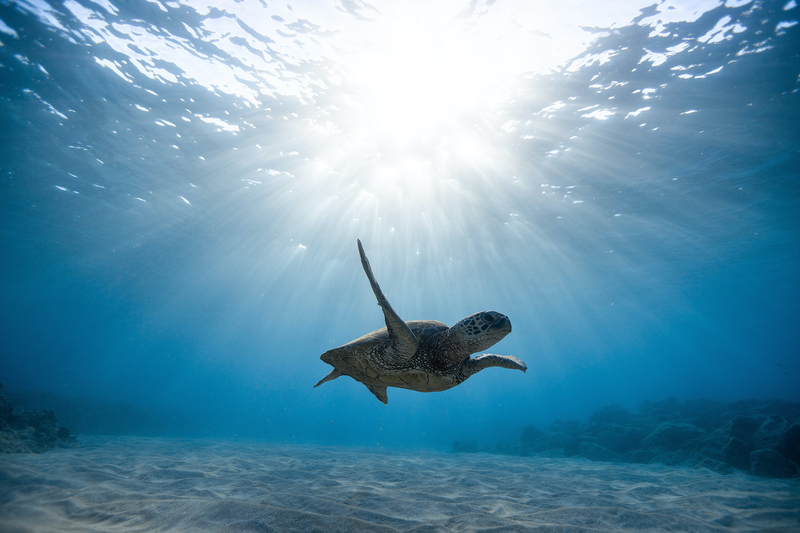
The vast array of species that inhabit the oceans has already proven to be an important source of innovative resources, including enzymes for COVID-19 testing and a protein valuable in the fight against the Middle East Respiratory Syndrome. As World Oceans Day approaches on 8 June, Professor Rachel Wynberg, a member of the High Level Panel for a Sustainable Ocean Economy, explains how we can better protect and share the benefits from this biodiversity to ensure it continues to be a resource for future generations.
“It is not an understatement to say that the genetic biodiversity we see on land is just a tiny fraction of the biodiversity that is in our oceans,” explains Wynberg, who holds the Department of Science and Innovation/National Research Foundation South African Research Chair (SARChI) on the environmental and social dimensions of the bio-economy.
“In fact, much of the deep ocean and ocean bed remain unexplored, which is also why researchers frequently find new species on ocean expeditions.”
According to two recently published papers Wynberg co-authored as part of the High Level Panel for a Sustainable Ocean Economy – a global group of experts and leaders working to protect the ocean – there are thought to be 2.2 million marine species. Only 230 000 of these have so far been confirmed – and that’s not counting single-cell organisms, such as viruses and bacteria.
From evolutionary resilience to COVID-19 testing
This genetic variety is important for a number of reasons.
“Firstly, genetic diversity allows for species to evolve faster and to adapt better to disease or changing conditions,” says Wynberg.
“It is not an understatement to say that the genetic biodiversity we see on land is just a tiny fraction of the biodiversity that is in our oceans.”
“When it comes to the ways us humans rely on the oceans, however, genetic biodiversity – what we call the marine genome – provides a treasure trove of helpful products. They are used as food, medicine and much more, and we’re only just beginning to understand the extent of these possibilities.”
For example, in the case of testing for the novel coronavirus, SARS-CoV-2, an enzyme found in bacteria that live near deep-ocean hydrothermal vents is crucial to the polymerase chain reaction that amplifies DNA signals of the virus. And a protein derived from a coral reef red alga has been valuable in the fight against the Middle East Respiratory Syndrome, an illness caused by a coronavirus closely related to SARS-CoV-2.
These kinds of scientific breakthroughs rely on technologies that allow for the rapid genetic sequencing of marine organisms.
“In the past decades, it’s become possible to store the genetic information of a species’ DNA digitally. This information, which for the most part is stored in enormous databases, can then be used to make proteins, recreate molecular processes and even modify organisms.”
While this can lead to many novel discoveries and useful innovations, Wynberg explains that at present, there is a big discrepancy between research capacity in high-income countries – with the resources to conduct marine genetic research and mine such data – and low- and middle-income countries – where many biodiversity hotspots are located, but which frequently lack the resources to undertake the research themselves or to use the genetic sequence data.
Moreover, most of the patent applications and publications on the ocean genome come from high-income countries.
Unless we change this, there is the danger that inequality in the sciences and in society will become more entrenched and that biodiversity-rich countries will lose out on potential benefits from their own marine genetic diversity.
“We also risk having reduced access to biodiversity for purposes of conservation, research and commercialisation – and thus less innovation for problem-solving. There could also be a gap in the application of ocean biodiversity to address current [and future] challenges.”
What can be done?
Human activity is the greatest threat to the biodiversity of our oceans.
“There is now widespread recognition that overexploitation, habitat destruction, pollution, invasive species, and increasingly, the degradation of marine ecosystems are the central threats eroding the ocean genome,” explains Wynberg.
“Overall, we need to ensure that there is greater equity in genomics research and commercialisation.”
According to Wynberg, one of the most important measures to safeguard ocean biodiversity is for world leaders to unite in conserving the oceans in protected areas and beyond.
Large areas that are fully or highly protected as well as networks of marine protected areas can encompass multiple sites of importance for the lifecycles of marine species. When well managed and with adequate protection levels, they can act as storehouses of genetic diversity that also serve as important reference points for understanding changes to the ocean.
Such measures need to respect the rights of local fishing communities and place emphasis on avoiding the damaging impacts of activities such as mining, which ic increasingly prevalent along the South African coastline and elsewhere.
Other measures described by the High Level Panel include ecosystem-based approaches to fisheries management, spatial planning, effective quotas and reducing run-off pollution into the ocean.
Towards more equitable research
Beyond protecting the ocean genome itself, how can we also ensure that the benefits derived from it are shared equitably? Wynberg says there are a few ways to do this.
“Overall, we need to ensure that there is greater equity in genomics research and commercialisation.”
This can be achieved through ensuring that marine biodiscovery collaborations are based on equitable research partnerships, including researchers from low- and middle-income countries, with attention given to capacity building, appropriate technology transfer and the fair distribution of research funding.
Moreover, there should be greater attention on responsible and inclusive research and innovation in marine genomics research. Innovation should be directed towards the needs of lower-income countries, the most marginalised and vulnerable communities, women and environmental concerns.
“There should be greater attention on responsible and inclusive research and innovation in marine genomics research, so that innovation is directed towards the needs of lower-income countries…”
Governments must also work hard to create benefit-sharing mechanisms and agreements for research taking place both within and beyond their national boundaries, and to ensure that such benefits support conservation and equity outcomes.
“In the bigger picture, we need to encourage greater support from governments, research institutions and philanthropic organisations towards joint, collaborative ventures that better our understanding of the ocean genome.”
- Blasiak R et al. (2020) The ocean genome and future prospects for conservation and equity. Nature Sustainability. https://doi.org/10.1038/s41893-020-0522-9
- Blasiak R et al. (2020) The ocean genome: conservation and the fair, equitable and sustainable use of marine genetic resources. Washington, DC: World Resources Institute. Available online.
 This work is licensed under a Creative Commons Attribution-NoDerivatives 4.0 International License.
This work is licensed under a Creative Commons Attribution-NoDerivatives 4.0 International License.
Please view the republishing articles page for more information.
Research & innovation
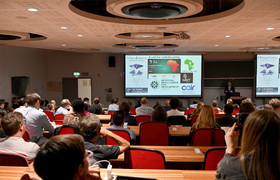

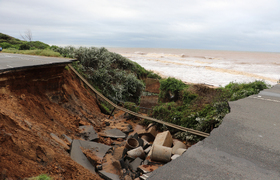


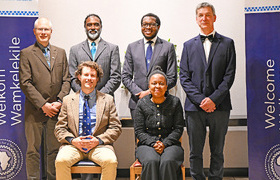







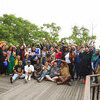






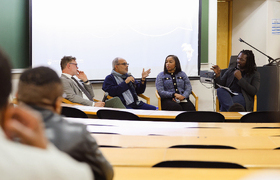













.jpg)


